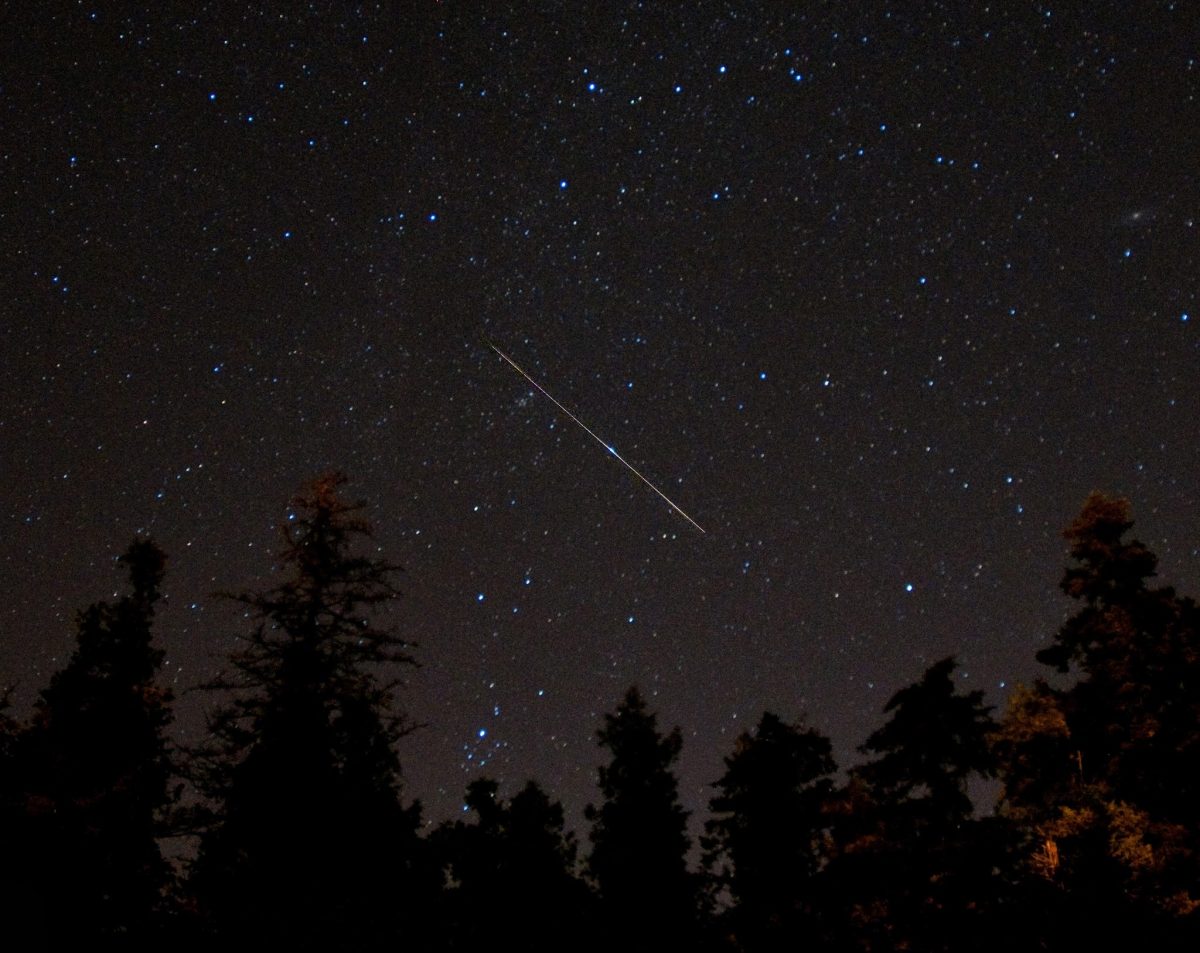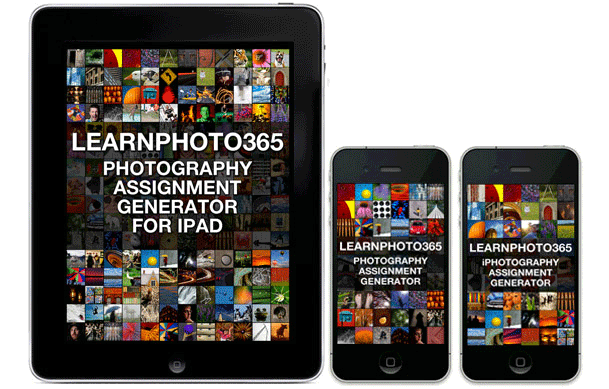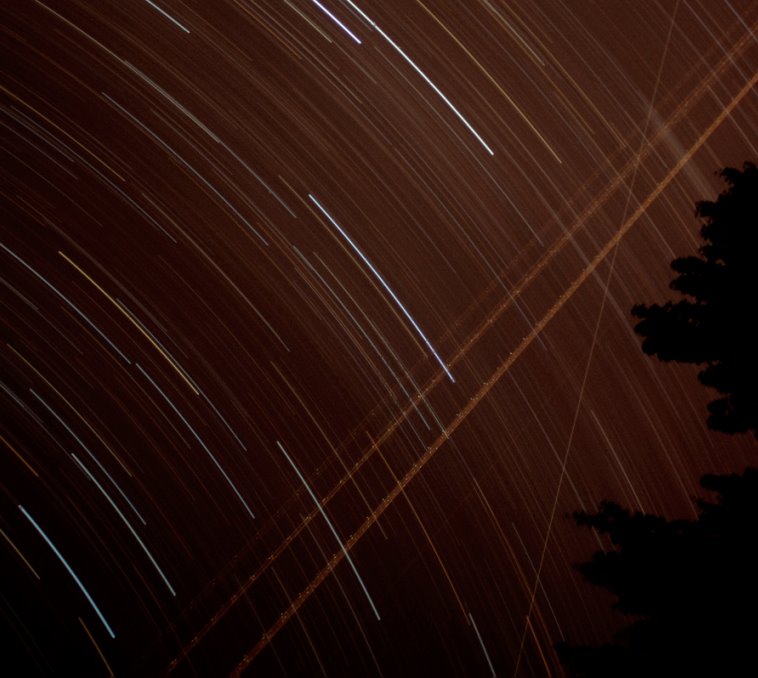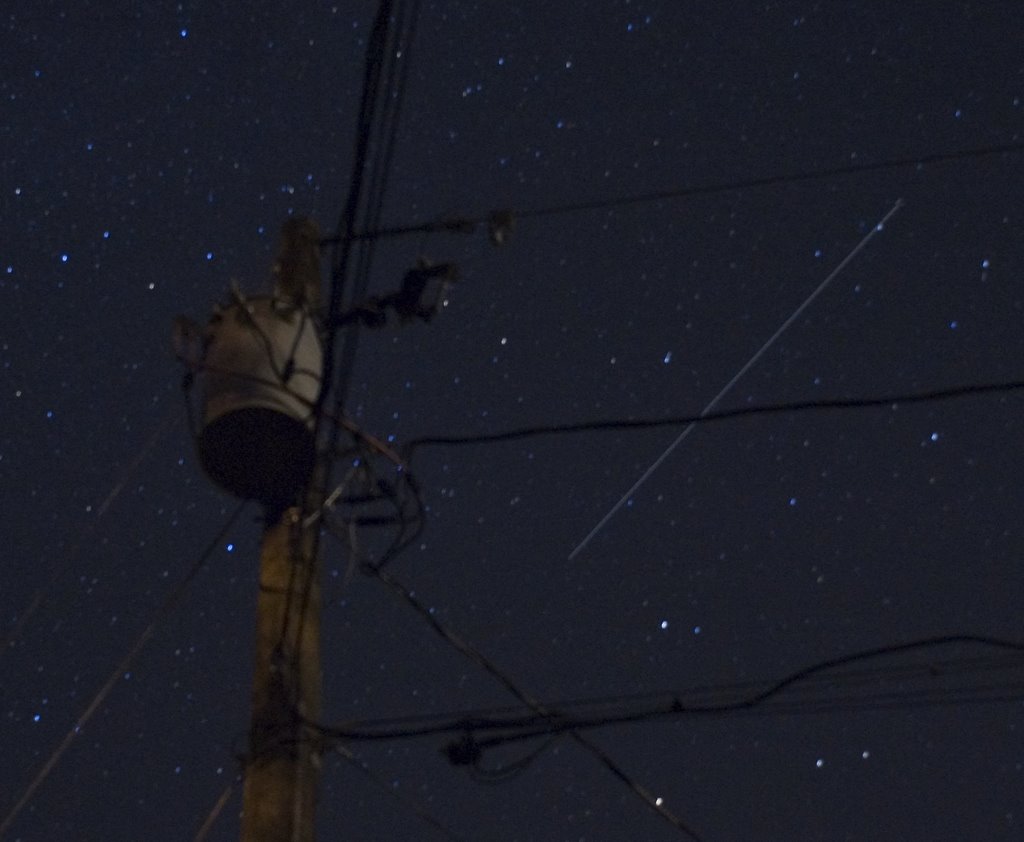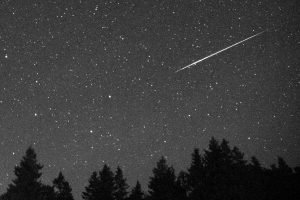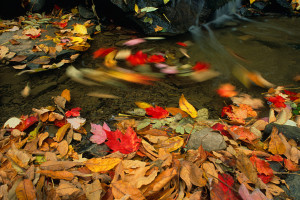The annual Taurid Meteor Shower is peaking Nov 11-12! Not the busiest shower, but they can make some nice big fireballs! So get out your tripods, get a cup of Tim’s, and go photograph them! Here’s some tips on how!
Pre-Shooting Preparation:
Charge your batteries fully before going out. It might be a bit colder at night, and that can affect battery life. Wear some warm clothes, a hat, and gloves. Bring some hot beverages, some friends, and make it a fun outing! At least you’ll have someone to talk to between exposures.
Also bring a flashlight or LED keychain light so you can see what you are doing when changing your settings. A headlight looks dorky, but it let’s you works with both hands.
Where and When to Go and Sky Conditions:
You want to be as far away from the City/Town as possible to reduce the amount of light pollution. Find a dark road out in the country somewhere far away from street lights.
Obviously it has to be a clear night that you can see the sky. Long range forecast however shows clouds and rain for here in Saint John…but if it is clear, the moon won’t be out, so the sky will be nice and dark!
The best time will be after midnight.
Finding The Meteors:
The meteors will radiate above the Taurus constellation, which will be in the eastern sky in the evening. Another great way to find the constellations is using an app like Sky View or Sky Guide. Here’s a great article about the Taurids at Earthsky.org
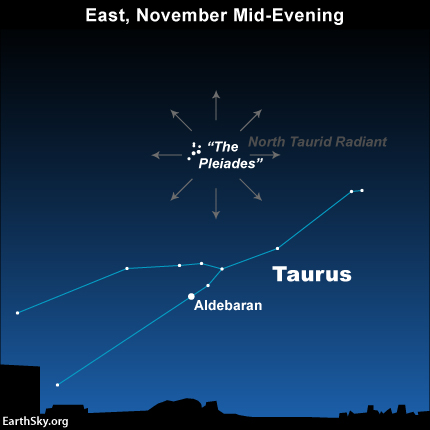
DO I NEED A TRIPOD?
YES and the heavier the better!
ISO:
Start with 400 ISO and see how much detail you can pick up. If you aren’t getting enough details or don’t have a wider aperture lens (F4 or lower), try 800 ISO and then go higher if necessary.
LENS:
You want to use a wide(16-35mm) to normal lens(50mm) so you can get a wide range of sky area.
MORE TIPS BELOW!
I hope you find these tips useful!
If so, it would be awesome if you would check out my LearnPhoto365 Photography Assignment Generator Apps on the app store, a unique photography app that’s meant to inspire you to take great photos!
Perfect for anyone taking part in a Photo 365 challenge, there are over a hundred individual assignments and hundreds of thousands of potential random ones. Versions available for iPhone/iPod and iPad, including free versions so you can try them out! Full details, including reviews and tour videos of the apps can be found at www.learnphoto.ca/apps Even if you only download the free version that would help get it up the app store lists!
SHOOTING MODE:
This has to be MANUAL as you need to set both the shutter speed and aperture. Your camera cannot meter properly for the stars!
SHUTTER SPEEDS:
The longer the speed you use, the more meteors you will get. However, if you go too long, the stars will begin to form trails. To figure out how to long to shoot the stars without getting trails, you can use this general guide.
Divide 600 by the length of your lens, and that is how many seconds you should use. For example, if you are using a 17mm lens, 600/17mm= 35 seconds.
However, if you do long exposures like 30minutes to 1 hour(or longer), you will get star trails that look neat along with the straight lines of meteors.
The photo above was done for three hours(although you can see the light pollution made the sky brownish instead of black!) Note you will need a cable release or remote, and use BULB mode to do this. No way you can hold the button down for 1-3 hours…
NOTE: Many digital cameras will max out the shutter length at 30 minute to prevent overheating and damage..most likely that will be the longest you can do.
APERTURE/F-STOP:
Use your widest aperture (smaller number, for example 3.5/4.5) to let in as much light as possible. If you find the meteors coming out a bit bright, you can stop down one setting. If you have a lens that has a really wide aperture(1.8/2.8) that is even better!
FOCUS:
You have to use MANUAL focus and focus on the stars or set the focus on the lens to Infinity.
WHITE BALANCE:
I would suggest shooting RAW, and then playing with the white balance if needed. Had I shot the one at the top raw, I could have switched to TUNGSTEN/INCANDESCENT balance to correct for the orange.
If you are shooting JPEG, do a test using DAYLIGHT/FULL SUN and see how it looks. If you do have things lit up by ambient light around you(like street lights, etc) you may want to use TUNGSTEN/INCANDESCENT instead, but it could make the sky go a bit too blue.
Here’s an image you can save to keep on your phone for handy reference! Tap on the image to load it large, then TAP and HOLD and select SAVE AS to download it to your device.
OTHER SHOOTING TIPS:
-If you want to include trees, mountains, the horizon, etc they will provide an interesting silhouette shape and scale.
-You could also try using a flash during the exposure to light up the trees!
-Have an old film camera kicking around? Haul her out, throw in some ISO 400 film, and take some long exposures!(You have to have to use a cable release)
-You may also capture other elements in the sky, like planes or satellites!
So go out there, have some fun, and send me some great shots or post them in the online student galleries if you have a login!
Hope you get clear skies!
Want to make sure you get all the latest posts and info? Subscribe!
Noel Chenier
———-
Photographer and teacher
Connect with Noel on INSTAGRAM or TWITTER or via EMAIL
Photography Assignment Generator Apps now available on the app store!
Noel’s Portfolio
Work Done by My Students!
(302)

